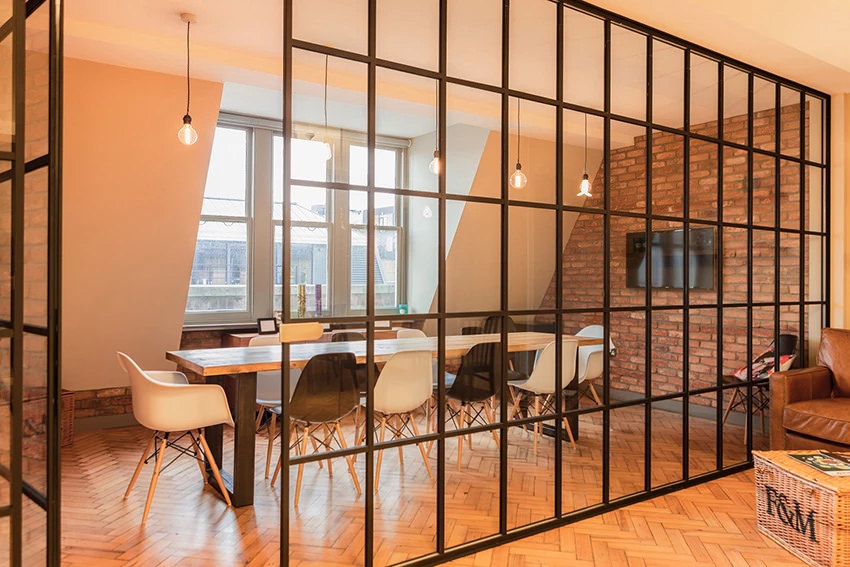Office partitioning has become a critical aspect of modern workplace design. It allows for flexibility, privacy, and efficient space utilisation. There are, however, a number of misconceptions concerning office partitioning that may influence your choice when designing or renovating office spaces. We will debunk some of these myths in this blog article to provide you the information you need to choose a workspace wisely.
Misconception 1: Office Partitioning Is Only About Privacy
One common misconception about office partitioning is that it is solely for creating private workspaces. While privacy is an essential aspect, modern office partitioning goes beyond that. It can be used to delineate different areas within an office, such as meeting rooms, collaborative spaces, and quiet zones. Open-plan offices with flexible partitioning systems can cater to a variety of workstyles, promoting collaboration and productivity.
Misconception 2: Cubicles Are Outdated and Ineffective
Cubicles have received a bad reputation over the years, with many people associating them with isolation and poor collaboration. However, the truth is that cubicles have evolved significantly. Modern cubicle systems are designed to provide a balance between privacy and openness. They can be equipped with glass panels, ergonomic furniture, and soundproofing materials, making them comfortable and functional workspaces.
3: Office Partitioning Is Cost-Prohibitive
Another misconception is that office partitioning is expensive and only suitable for large corporations. While some high-end partitioning solutions can be expensive, there are some low-cost ones available. Flexible and cost-effective modular partitioning options, for example. They are easily reconfigurable when your demands change, resulting in lower long-term expenses.
Misconception 4: Open-Plan Offices Are Always Better
The idea that open-plan offices are superior for fostering collaboration and communication is not entirely accurate. While open layouts have their benefits, they also come with challenges such as noise distractions and lack of privacy. Office partitioning can help strike a balance by providing semi-private spaces for focused work and collaborative areas for teamwork.
Misconception 5: One Size Fits All
Some believe that one partitioning solution can work for all office spaces. In reality, every office has unique requirements, depending on the industry, company culture, and the nature of work being done. Customization is key when it comes to office partitioning. Tailoring your partitioning system to match your specific needs ensures that your workspace is both functional and aesthetically pleasing.
Misconception 6: Office Partitioning Is Only for Large Companies
Smaller companies often assume that office partitioning is only suitable for large corporations with extensive office spaces. In truth, office partitioning is scalable and can be adapted to fit spaces of all sizes. Whether you have a small startup or a growing mid-sized business, partitioning can help you make the most of your available space.
Contact Wessex Interiors Today
Office partitioning is a versatile tool that can transform your workplace, providing the balance between privacy and collaboration that modern offices require. By dispelling these common myths, you’ll be able to make more informed judgments about how to include partitioning into your office design. Remember that flexibility and adaptability are the keys to successful office partitioning, ensuring that your workspace suits the particular needs of your company, regardless of size or industry. So, if you are interested in office partitioning or any of the other services we offer please do not hesitate to get in touch by calling 02380 663 100, or by filling out our online contact form.
